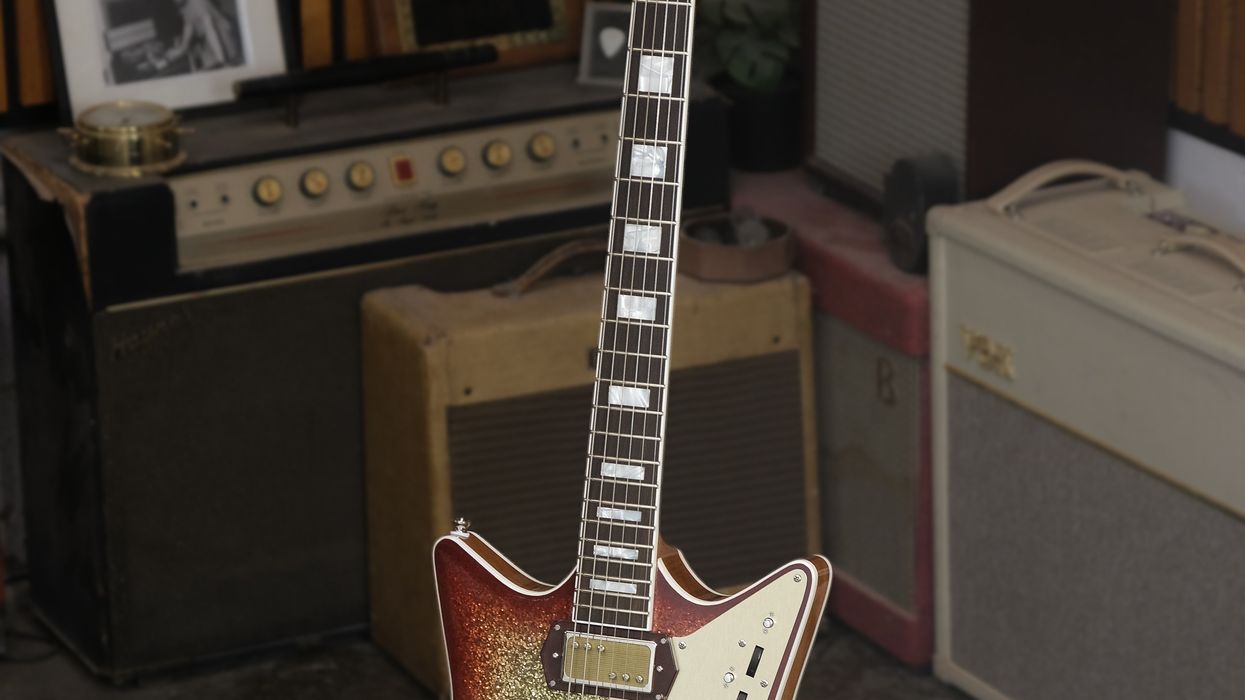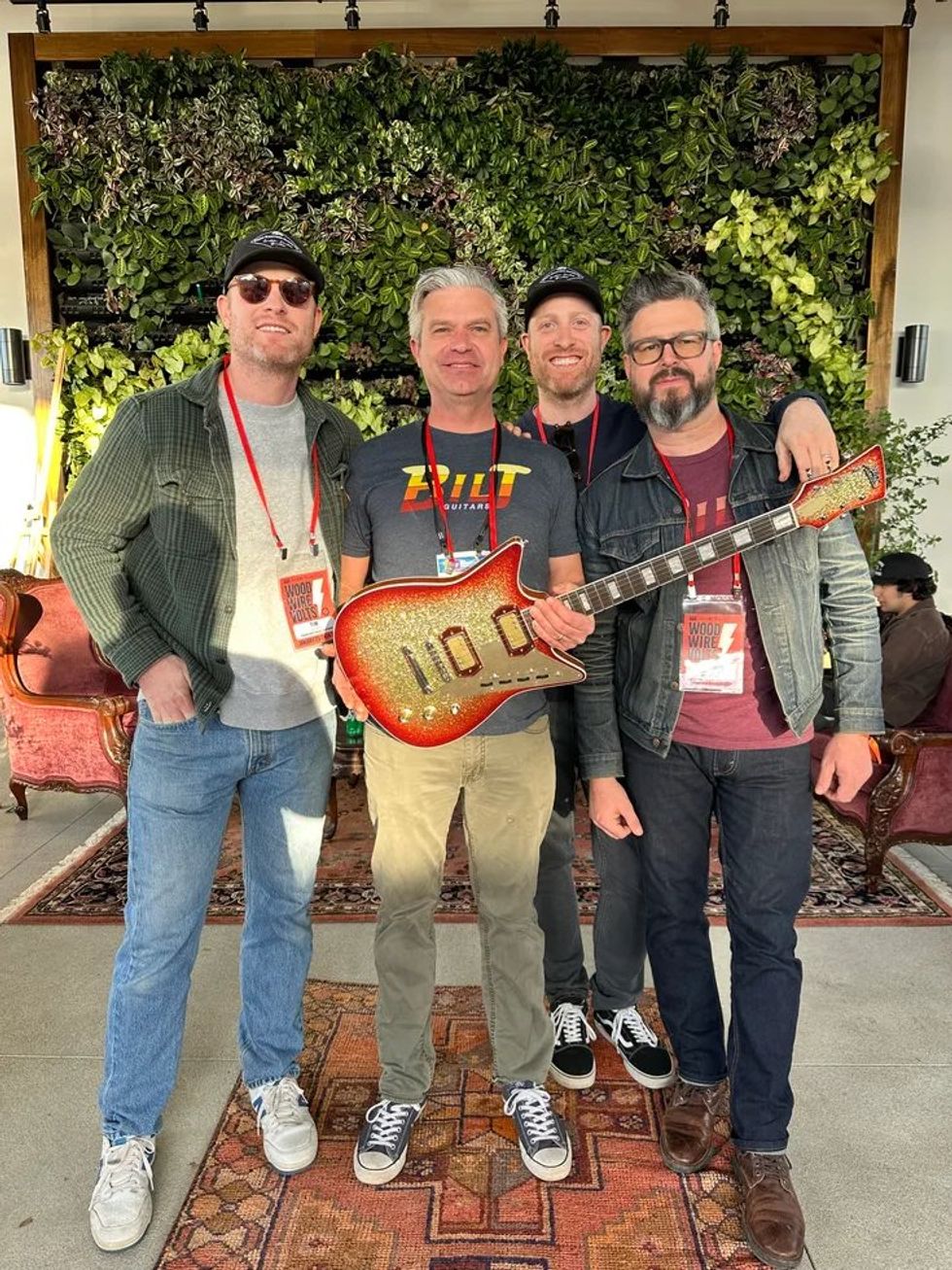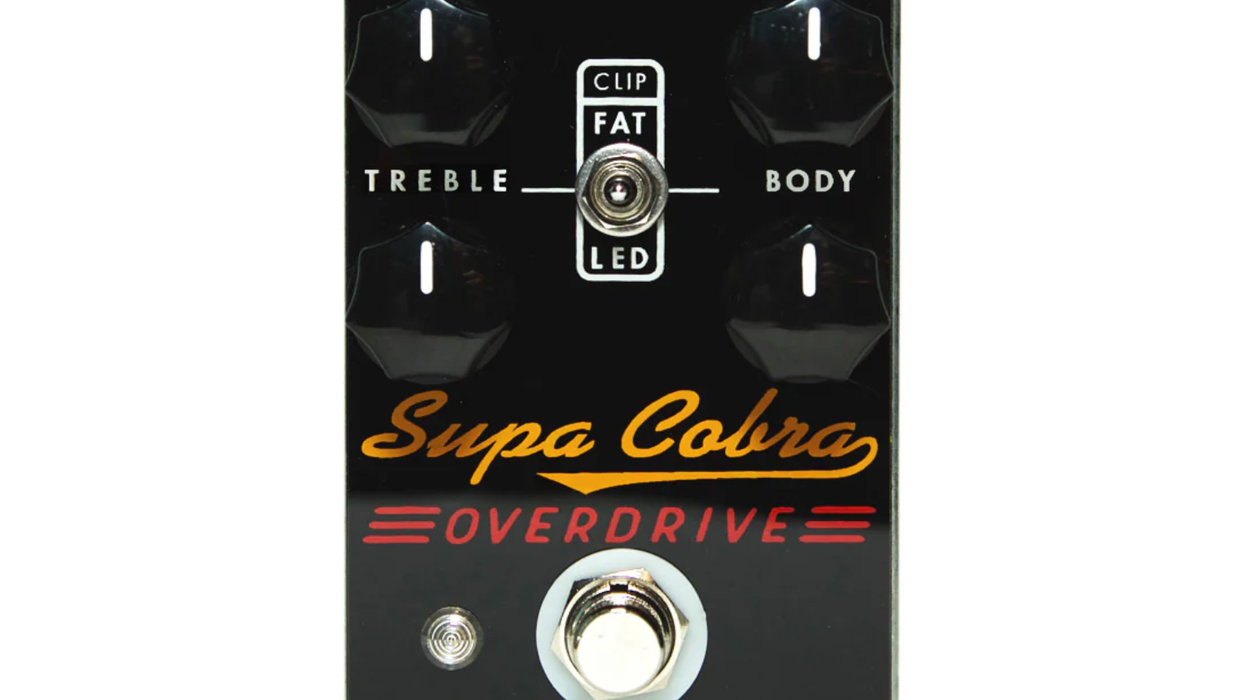What do the screaming tone of Elmore James’ slide guitar, the dirty rumble of early Muddy Waters recordings on Chess, the smooth 6-string voice of Johnny Smith, and the warm melodies of Gábor Szabó’s eclectic repertoire have in common? DeArmond pickups. Since 1939, DeArmonds—in particular the company’s RH (round-hole) and FH (f-hole) models, and the Rhythm Chief 1000 and 1100—have helped define the sound of experimenters and traditionalists, depending on the era.
One of today’s most notable DeArmond players is the revered blues and jazz guitar virtuoso Duke Robillard, a deep student of vintage tone who has learned how to recreate many historic guitar sounds. We asked Robillard to share his expertise and experience with DeArmond pickups, which goes back to the mid-1950s, when he and his father built his first guitar for a school science fair. They took the neck from an old, acoustic Kay Kraftsman and cut a Tele-shaped body from two pieces of 3/4" plywood, inspired by the guitar James Burton played on TV’s The Adventures of Ozzie and Harriet. Then, they recycled the Kay’s bridge and tailpiece, and ordered a DeArmond. “A week after that, I was in a band,” Robillard says.
DeArmond originally referred to its pickups as “guitar microphones,” as they were designed to amplify acoustic guitars without altering their organic tone. Of course, once plugged into an amp all bets on that were off, given the breakup characteristics of the small combos that were common at the time. The RH pickups, which James and Szabó, for example, used, are held in place by clamps. The FH and Rhythm Chief models are floating pickups, mounted by what’s often called the “monkey-on-a-stick” method. Essentially, the pickups are held in place by a metal bar that’s screwed to a guitar’s body, and the pickups can slide up and down the bar, like a simian might scale a tree, to find the sweet spot.
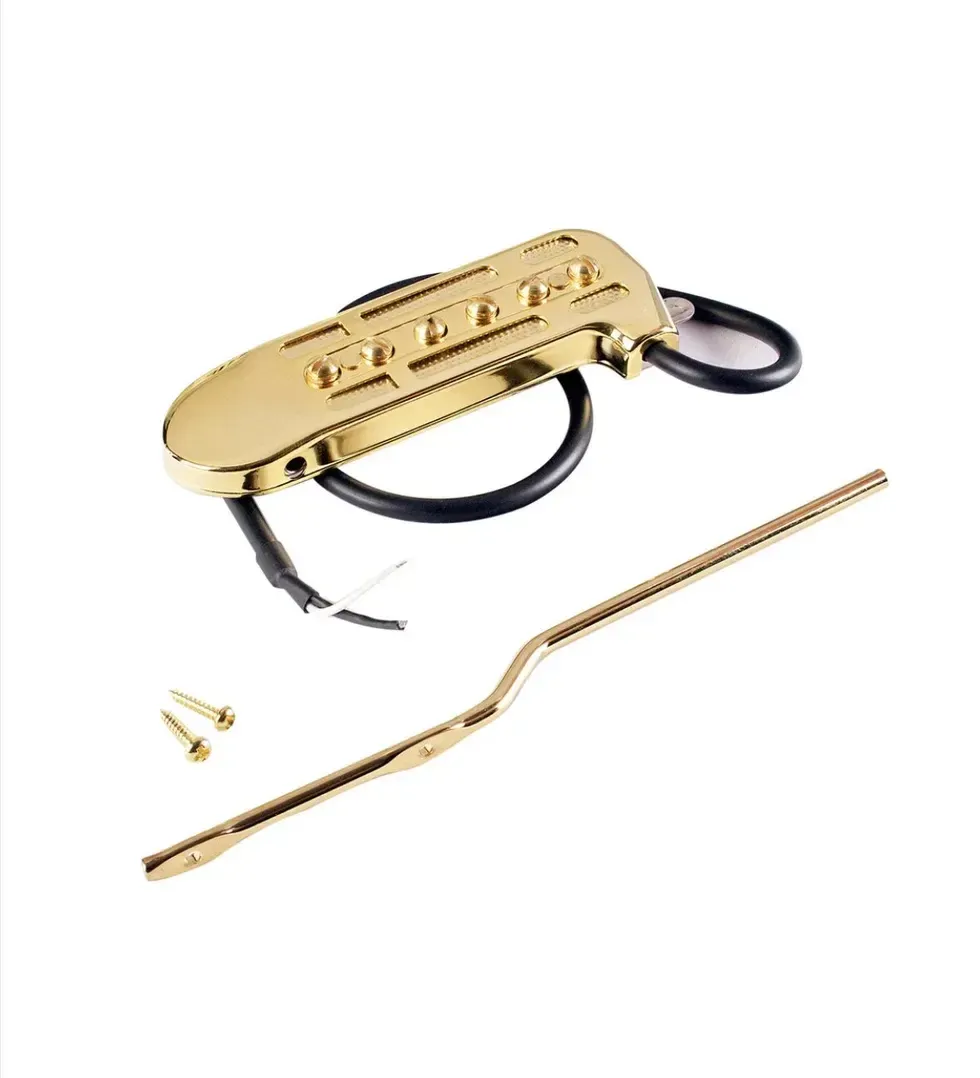
DeArmond’s Rhythm Chief 1100.
By the time Robillard founded the swing and jump blues band Roomful of Blues in 1967, he was playing a Gretsch Synchromatic archtop fitted with a DeArmond, in quest of the authentic vintage tones he heard on records from the ’30s, ’40s and early ’50s. “Then I went to a Gibson ES-125, where I ended up finding a way to make a Rhythm Chief 1100 work in the neck position,” he recounts. “Then I added a P-90 for the bridge. I didn’t want to use a guitar with a cutaway because I wanted every setback that the guitar players in 1940 had. That stopped me from going high on the neck all the time, which I think was a discipline that made me a better musician.”
“The cheapest model [the 1000] is really the best sounding one.”
Today, he uses a variety of DeArmond pickups on his guitars, but his favorite is the vintage DeArmond that was marketed as, simply, the “Guitar Mike,” which has screwdriver-adjustable pole pieces. And he applies the tricks he’s learned over the years, like placing stick-on felt pads under DeArmonds positioned near the bridge, to raise the floating pickup to the correct height. He also notes there is an alternative to attaching the monkey stick behind the bridge. “A lot of jazz players would shorten the bar and have it flattened out, so you could screw it to the side of the neck. That became popular with guitarists who played Strombergs, D’Angelicos, and L-5s, for example.
“The cheapest model [the 1000] is really the best-sounding one,” he continues. “And you need to use a wound G string on an archtop, or it’s going to howl like crazy. It is less of a pickup than a microphone. You can actually talk into it, and I’ve done gigs where something went wrong with the PA and I’ve sung through the pickup.”
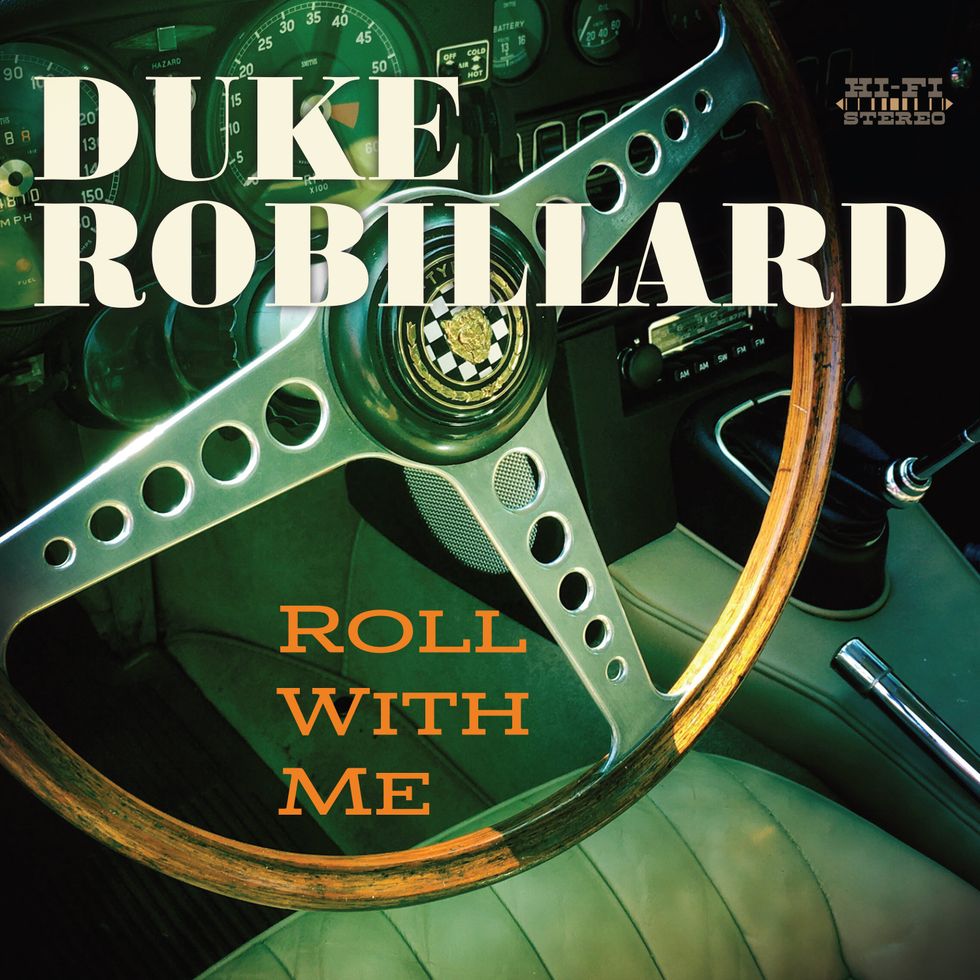
Robillard’s latest album, Roll With Me, includes “You Got Money,” played on his DeArmond-outfitted J.W. Murphy archtop.
These days his favorite archtop is a J.W. Murphy with an 1100 with a shortened bar attached to the side of the neck. He puts stick-on felt pads under the treble side to keep the pickup height as he likes, and to preserve the natural sound of the guitar. You can hear Robillard play his DeArmond-outfitted Murphy on “You Got Money,” a track from his new album, Roll with Me, on Bandcamp.
One more recommendation: “Use a small amp because that’s what they sound best with,” he says. “Small tube amps are what these pickups were made for, but if you’ve got a closed-back cabinet they tend to feed back on the low end. Keeping the bass side of the pickup lower helps with that. When you’re setting up the pickup, press down on the last fret and get the treble side high and the base side low, and then just balance it out till you get the right sound.”
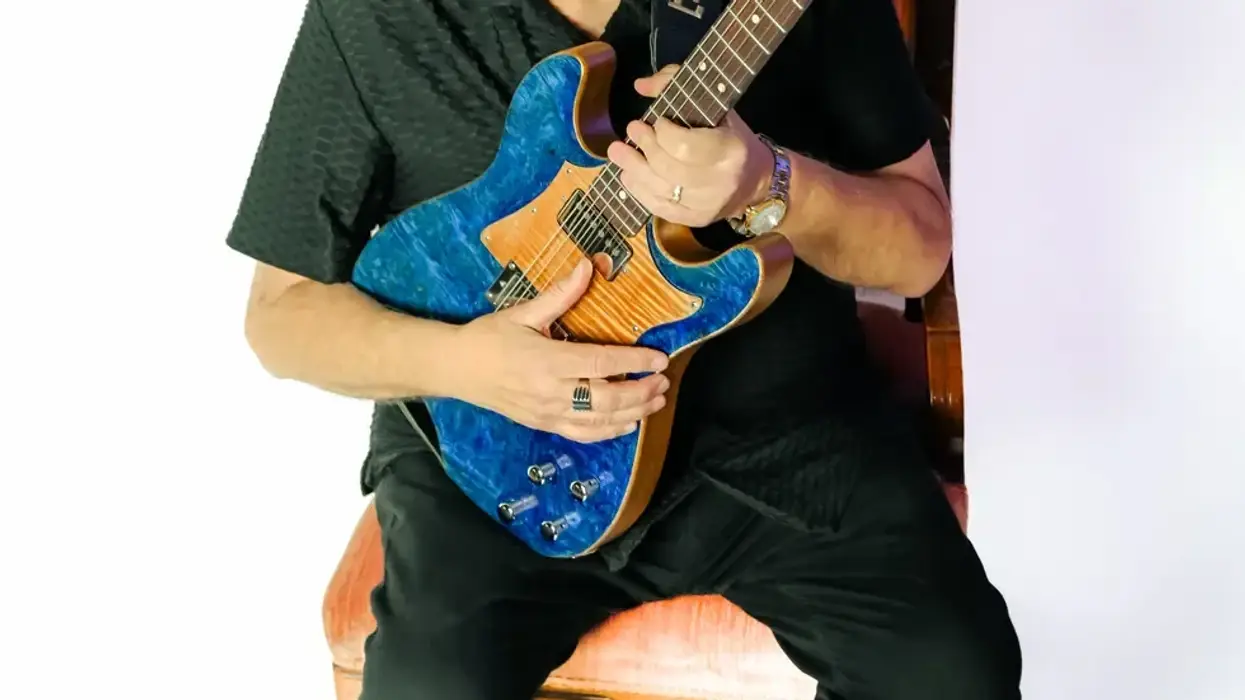

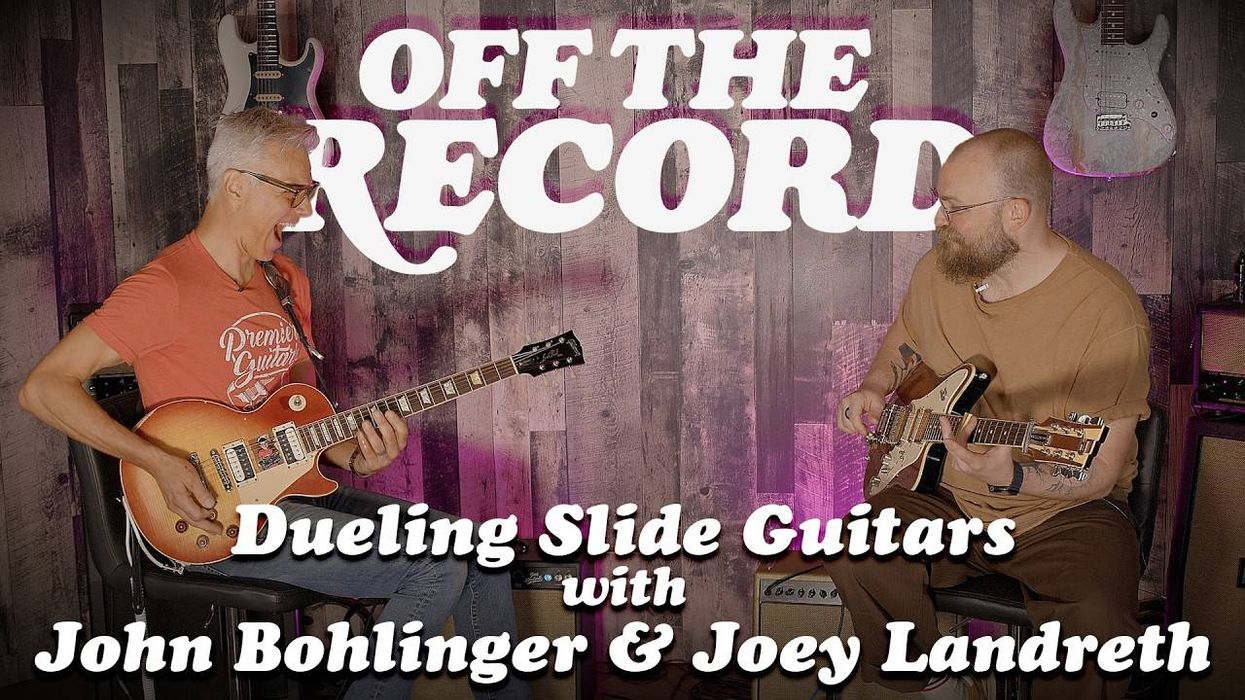
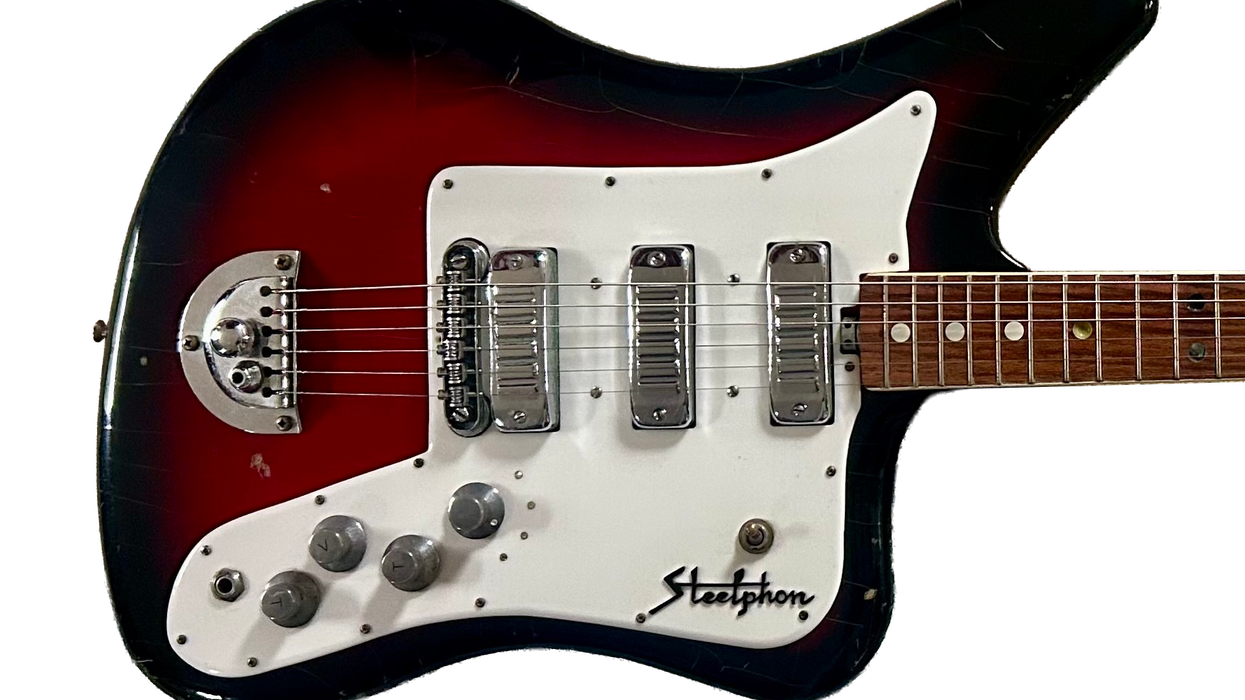
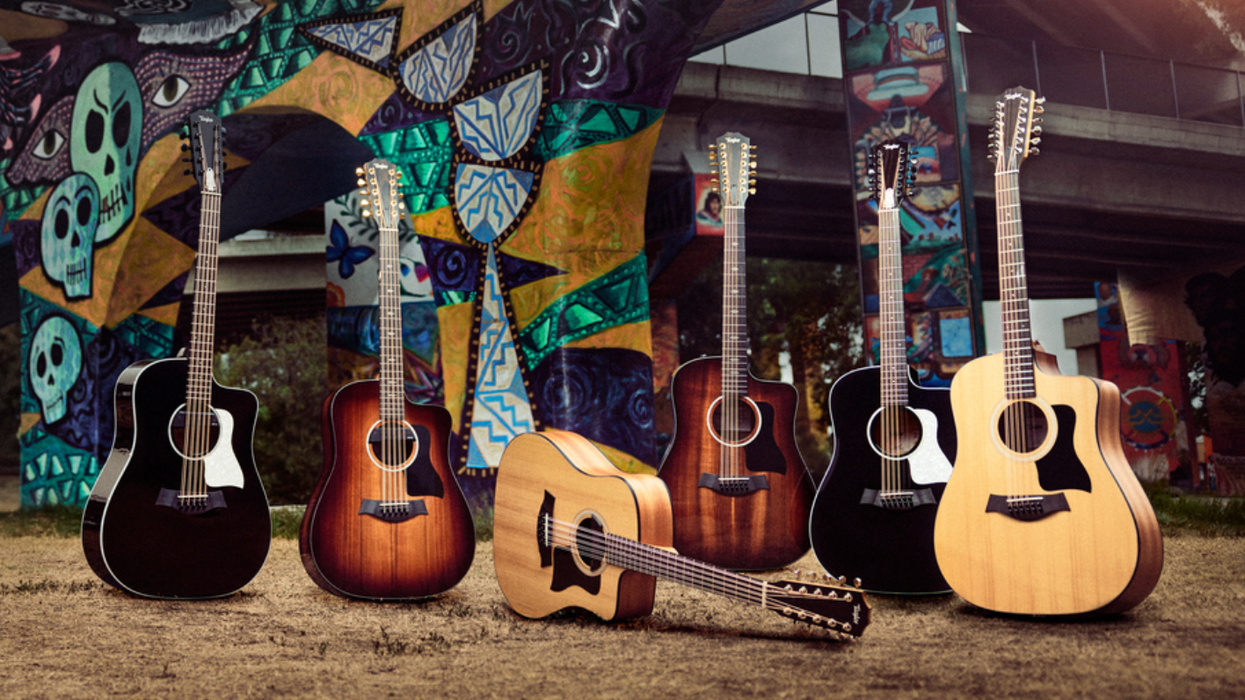
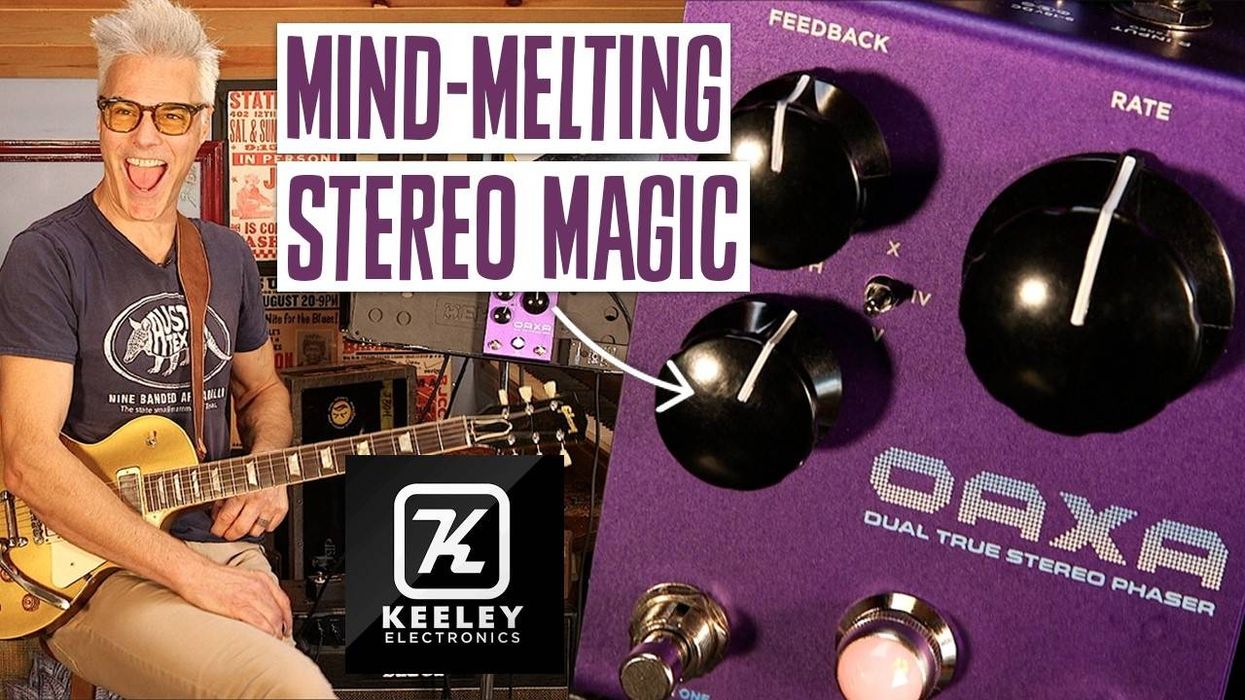
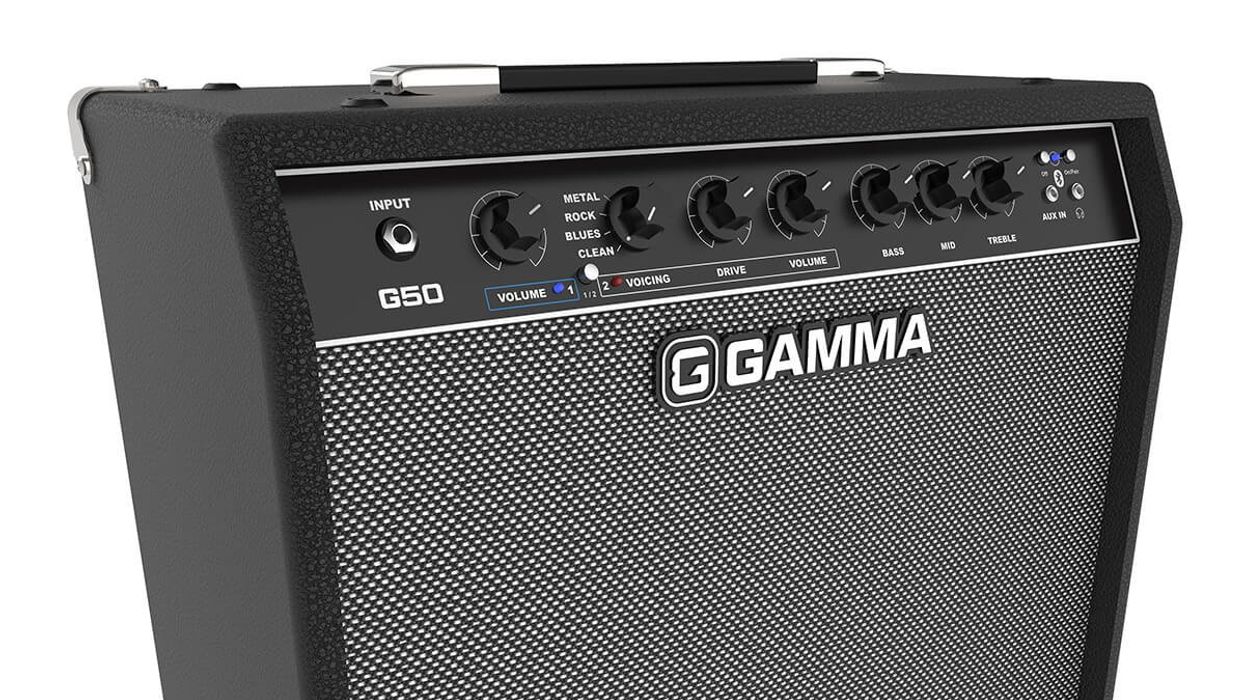

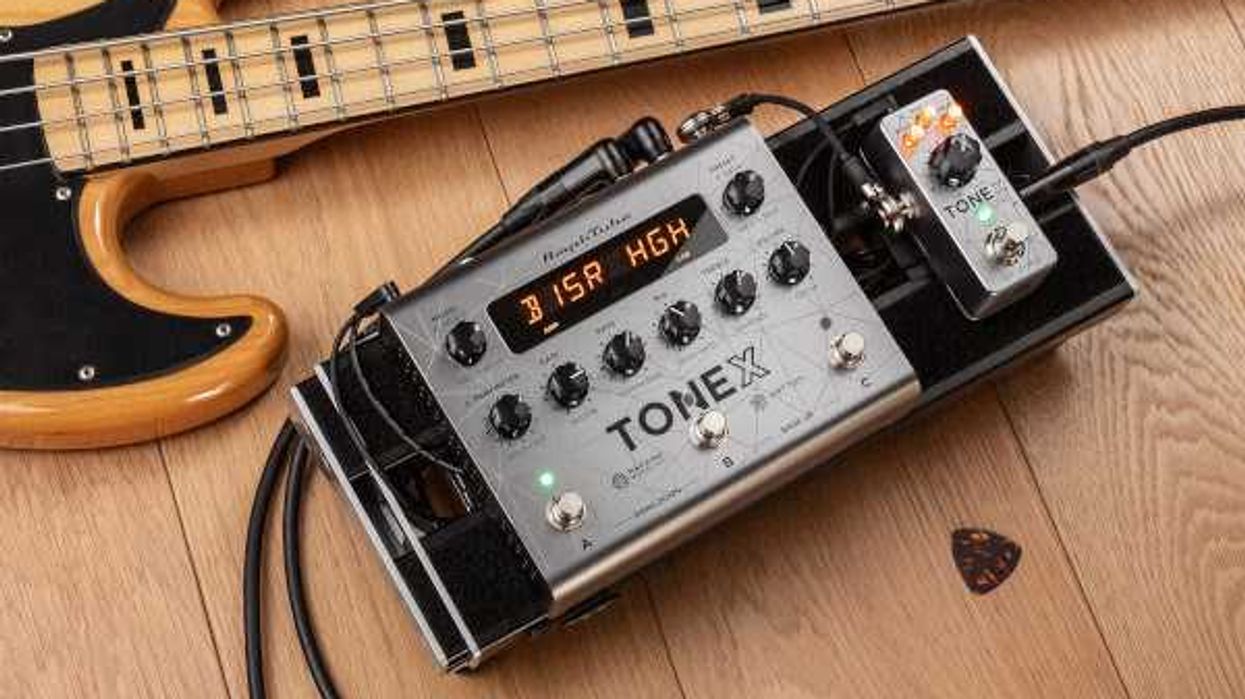
![Devon Eisenbarger [Katy Perry] Rig Rundown](https://www.premierguitar.com/media-library/youtube.jpg?id=61774583&width=1245&height=700&quality=70&coordinates=0%2C0%2C0%2C0)
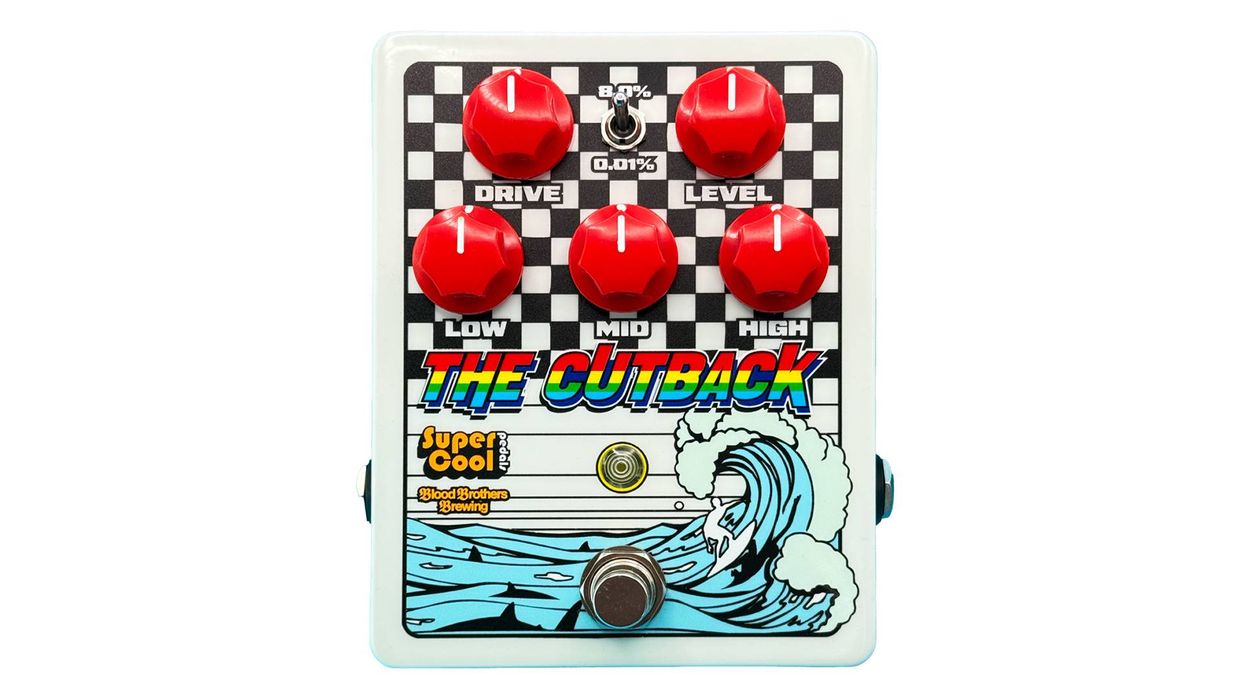
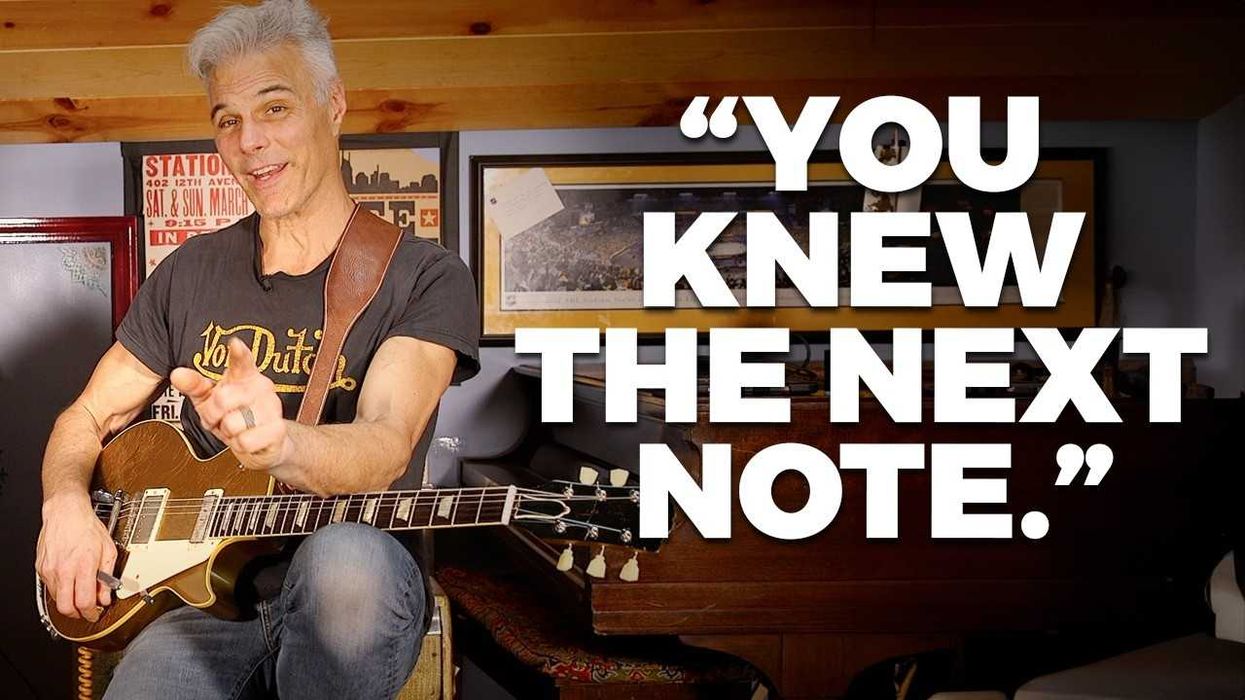
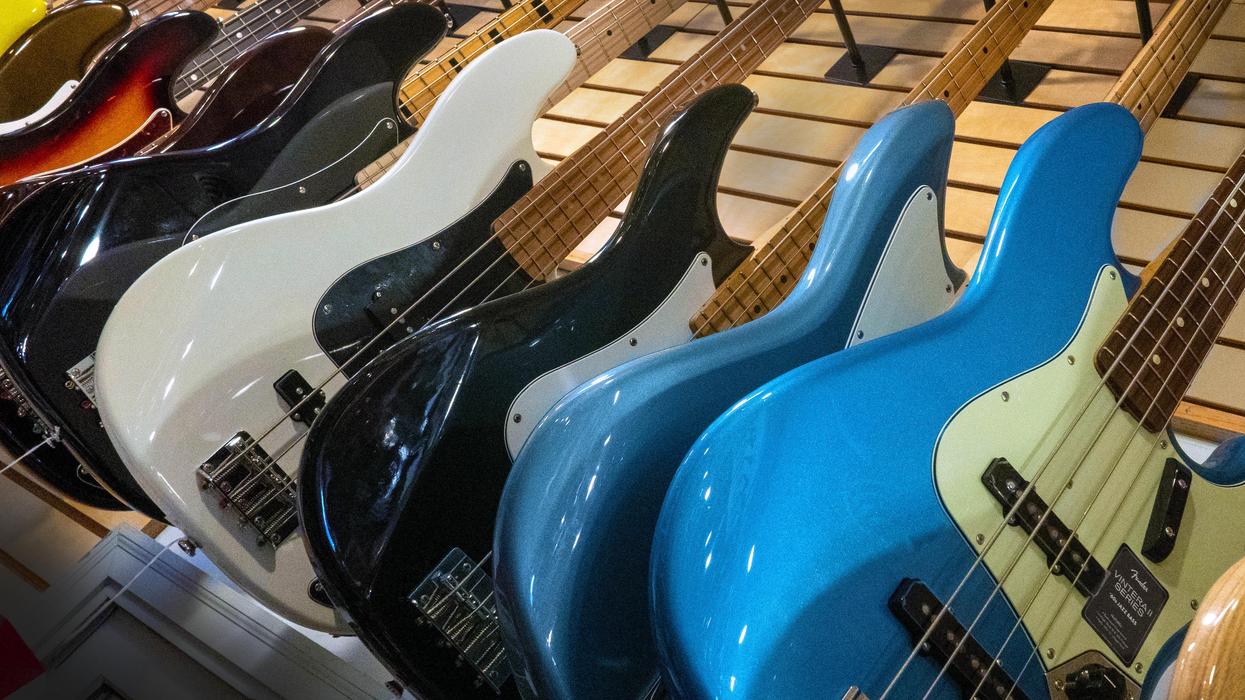
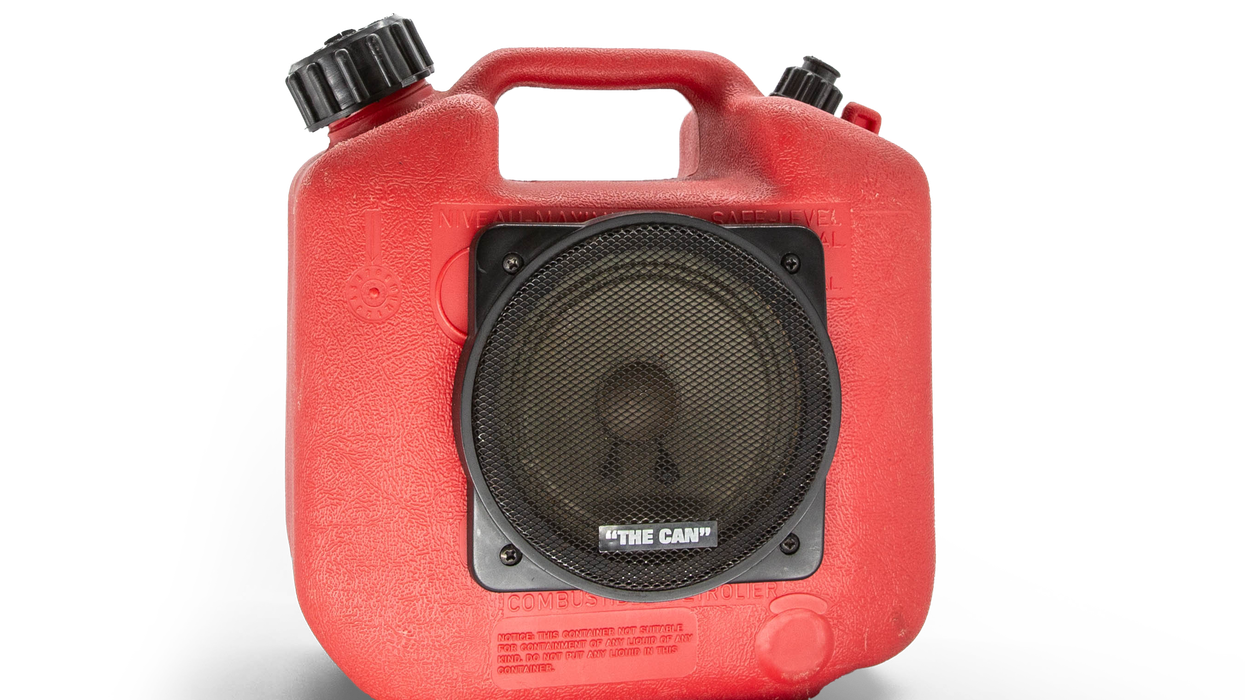
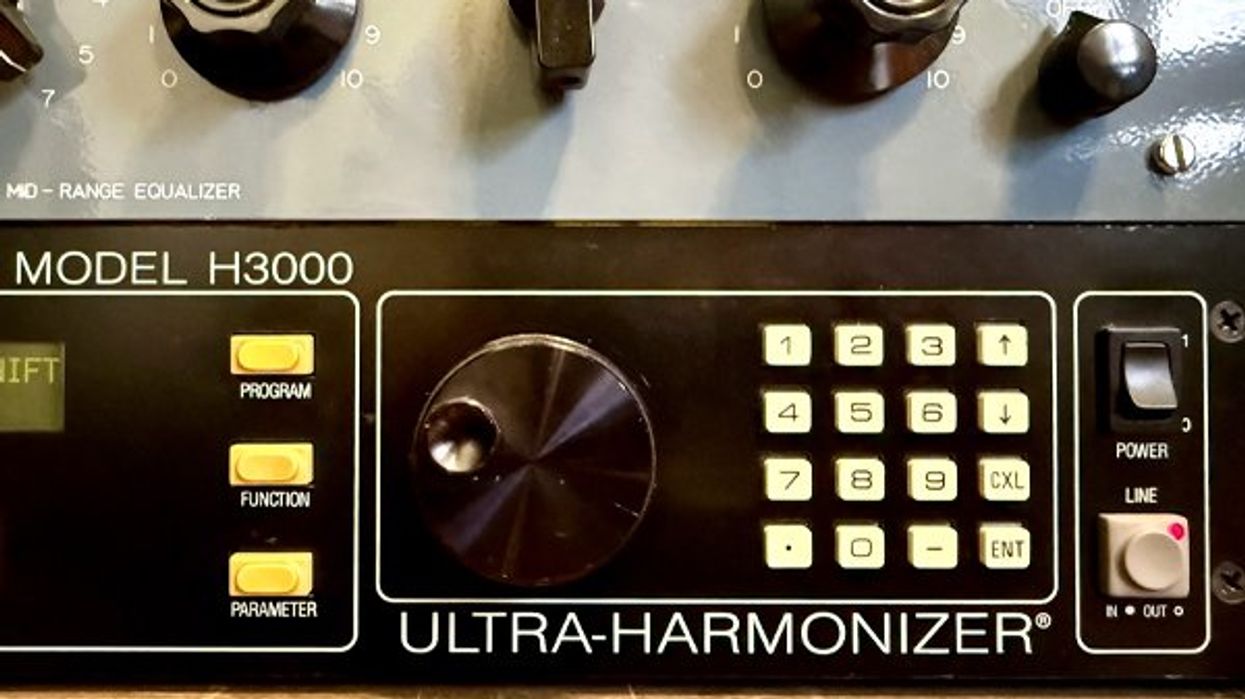
 Guitarists are used to coveting cranky, old gear, but if you’re not a rack user, the H3000 might not be for you! If you ever see one of these in a studio, be sure to take some time to check it out, and maybe give the plugin a try.
Guitarists are used to coveting cranky, old gear, but if you’re not a rack user, the H3000 might not be for you! If you ever see one of these in a studio, be sure to take some time to check it out, and maybe give the plugin a try.